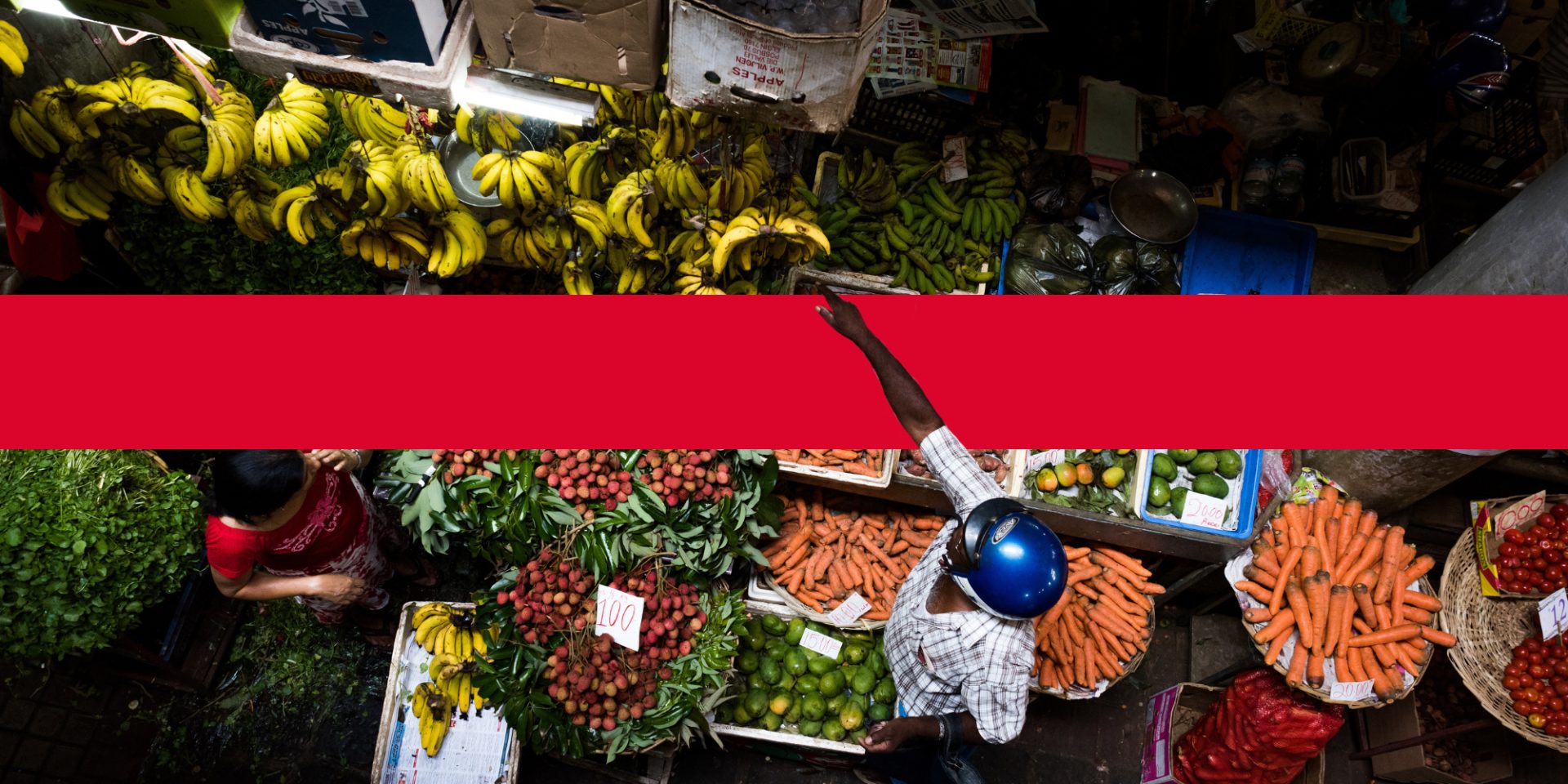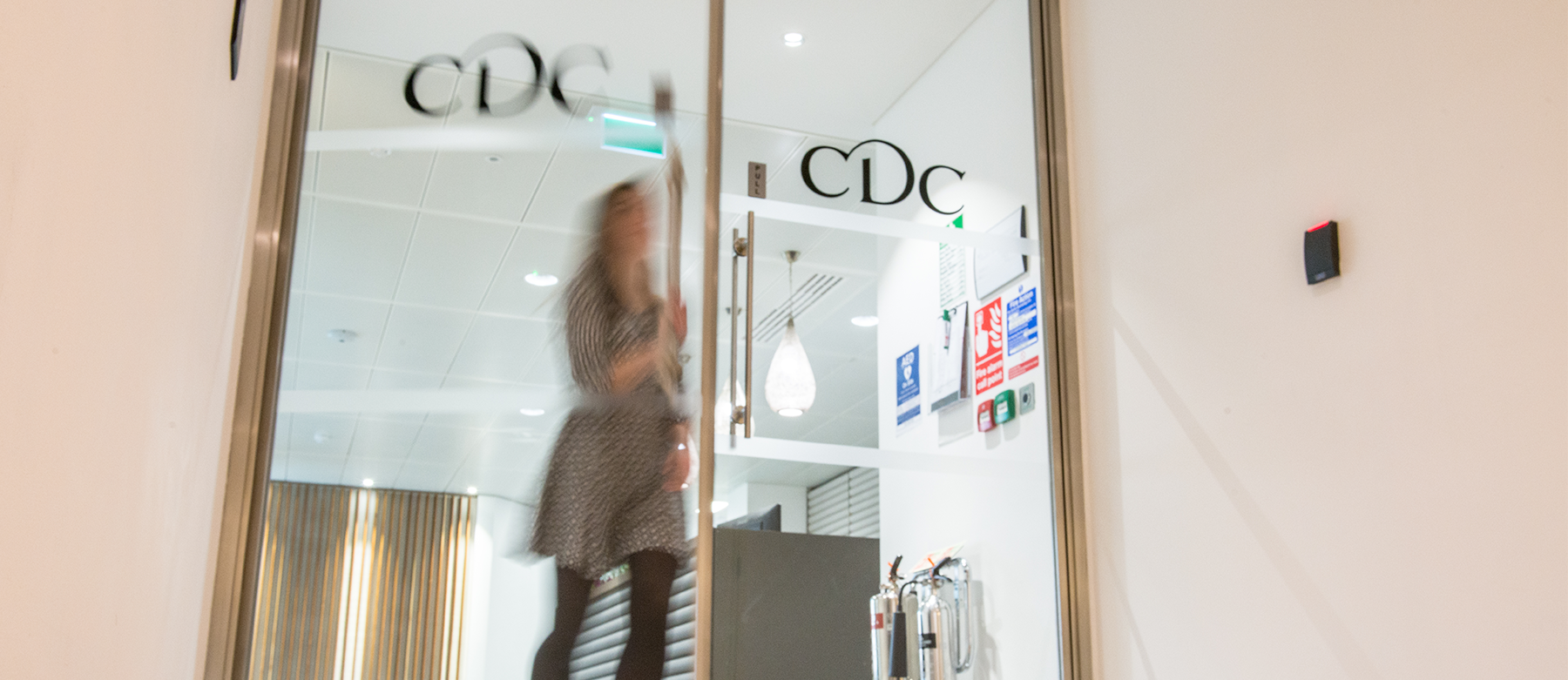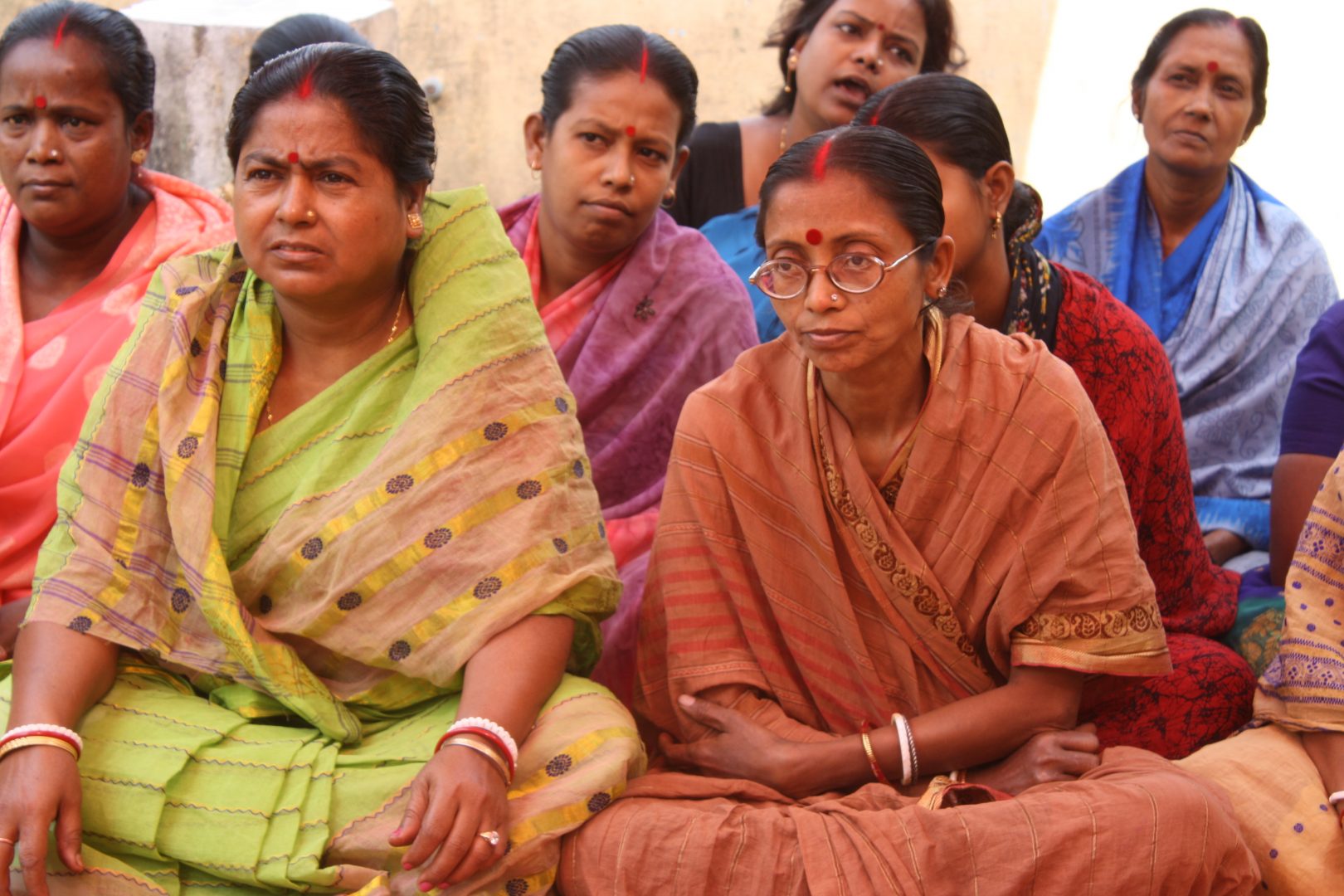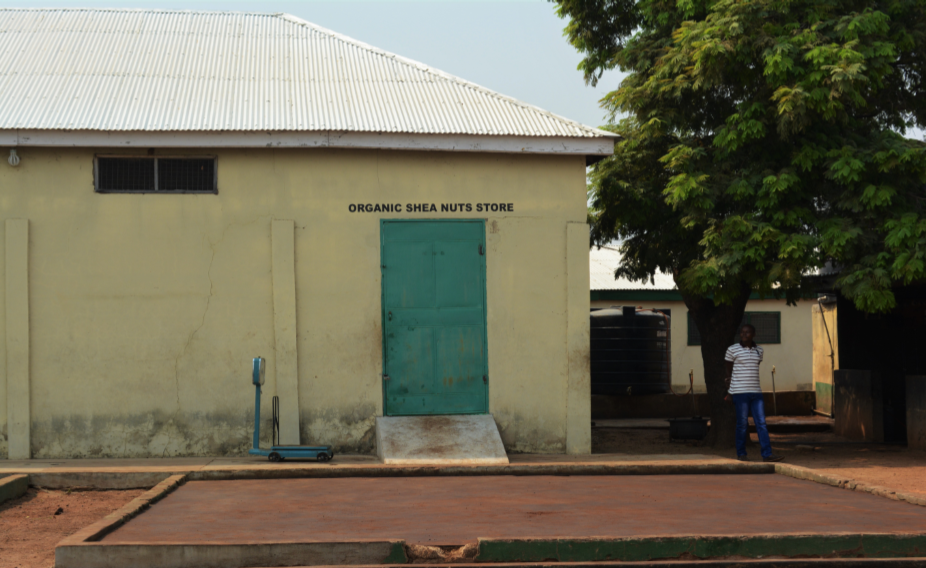Development finance institutions have a mandate to invest for positive development impact. To achieve that aim, we need to be on the lookout for new and innovative ways to create greater impact, if we’re to meet the UN’s Sustainable Development Goals.
One approach is to take a more flexible approach to risk – something traditional investors find it difficult to do – to help us identify and tackle the systemic issues or gaps which hinder development.
This is exactly what our Catalyst Strategies do. Back in 2017, we set out our vision to bring about new business models, develop nascent or failed markets and, in the long-run, improve the economy in countries where we invest.
Since then, this part of our portfolio is allowing us to meet challenges in ways which would not have been possible otherwise – balancing greater risk flexibility with the desire to invest for enhanced development impact, to have a transformative effect on economies and communities. From helping us find ways to respond in crisis situations, to expanding our impact in fragile countries, to finding new ways to tackle global challenges by reshaping markets, we’ve found that using ‘catalytic capital’ can have a significant impact
1. Having an impact in countries where it can be challenging to invest
Since 2012, we’ve put more focus on working in the places where it is most challenging to invest, and the use of catalytic capital has been driving how we approach these markets to find opportunities for investment.
For example, it’s enabled us to set up Gridworks, a development and investment platform to address the under-investment in electricity transmission, distribution, and off-grid infrastructure in Africa. Through that platform, we’re already investing in hard-to-reach geographies – for example, Gridworks recently partnered with energy companies to provide power to half a million people in three cities in the Democratic Republic of Congo via solar-hybrid off-grid utilities.
Catalytic capital is also enabling us to invest in early-stage markets in countries like Nepal – for example, since 2019 we’ve invested in an internet service provider extending quality internet access to households and businesses, and invested in the Dolma Impact Fund II, which is backing nascent sectors where there are opportunities for high social impact, such as renewable energy and digital technology.
2. Tackling global challenges through new approaches
It’s also allowing us to tackle some of the biggest global challenges by taking new approaches to transform markets. For example, our dedicated energy access and efficiency programme is increasing off-grid access to clean energy, as well as tackling the climate challenge through energy, waste and water-efficiency investments. Specifically, we’ve identified the need for local currency debt in this area – and our greater risk appetite gives us a mandate to lend in this way, enabling, for example, solar pay-as-you go companies to lend to their customers.
A great example is our investment in Greenlight Planet to support the expansion of the company’s pay-as-you-go business, currently providing solar home systems to 11.2 million people across Kenya, Tanzania, Uganda and Nigeria.
In a completely different sector, catalytic capital is helping us in our efforts to reshape healthcare markets to get products or services into underserved markets faster and at lower prices. We’ve set up MedAccess, a social finance company dedicated to improving access to healthcare, which is tackling this challenge through innovative finance tools, such as volume guarantees.
3. Supporting early-stage companies to achieve transformational impact
Finally, it’s allowed us to accelerate investments in early-stage companies that use technology and innovative business models to achieve transformational impact. Backing such companies with venture capital has the potential to create large numbers of jobs and deliver impactful services – particularly in emerging markets where they can leapfrog market constraints to enable large-scale access to essential products and services.
We’re already seeing real impact from investing in this way. Examples include CropIn, an agribusiness software specialist that uses technology to monitor crop health remotely and improves farmers’ access to finance and climate resilience tools; and Loadshare, an Indian logistics company that uses technology to bring together small and medium logistics companies, enabling better market access, which boosts their growth and creates jobs.
Capital investment in private sector businesses by institutions like DFIs is becoming an ever-greater part of development spending. As it grows, it is crucial that it continues to go beyond what purely private investment provides, remains focused on the most challenging issues, reaches countries where it is complex to invest, and helps to build long-term sustainable markets.
Unfortunately, the structure of most DFIs means that stretching their risk appetite is difficult. They often look and work too much like banks and are required to maintain strong credit ratings.
Blended finance solutions are useful for taking a flexible approach to risk, but they are complex, difficult to structure, standardise and scale. Ambitious mobilisation objectives, while necessary given the size of the financing gap, often push investors, including DFIs, towards taking less risk.
However, this gap in risk capital needs to be filled if we are going to address the most intractable development challenges. CDC can play a role, particularly through our Catalyst programme, because we benefit from being an investment company with no leverage, enabling us to have a greater tolerance for volatility and risk.
But we need more partners, including more impact investors and more foundations, willing to join us and commit capital that is more risk-tolerant and flexible if we are going to make a dent in the SDGs.









